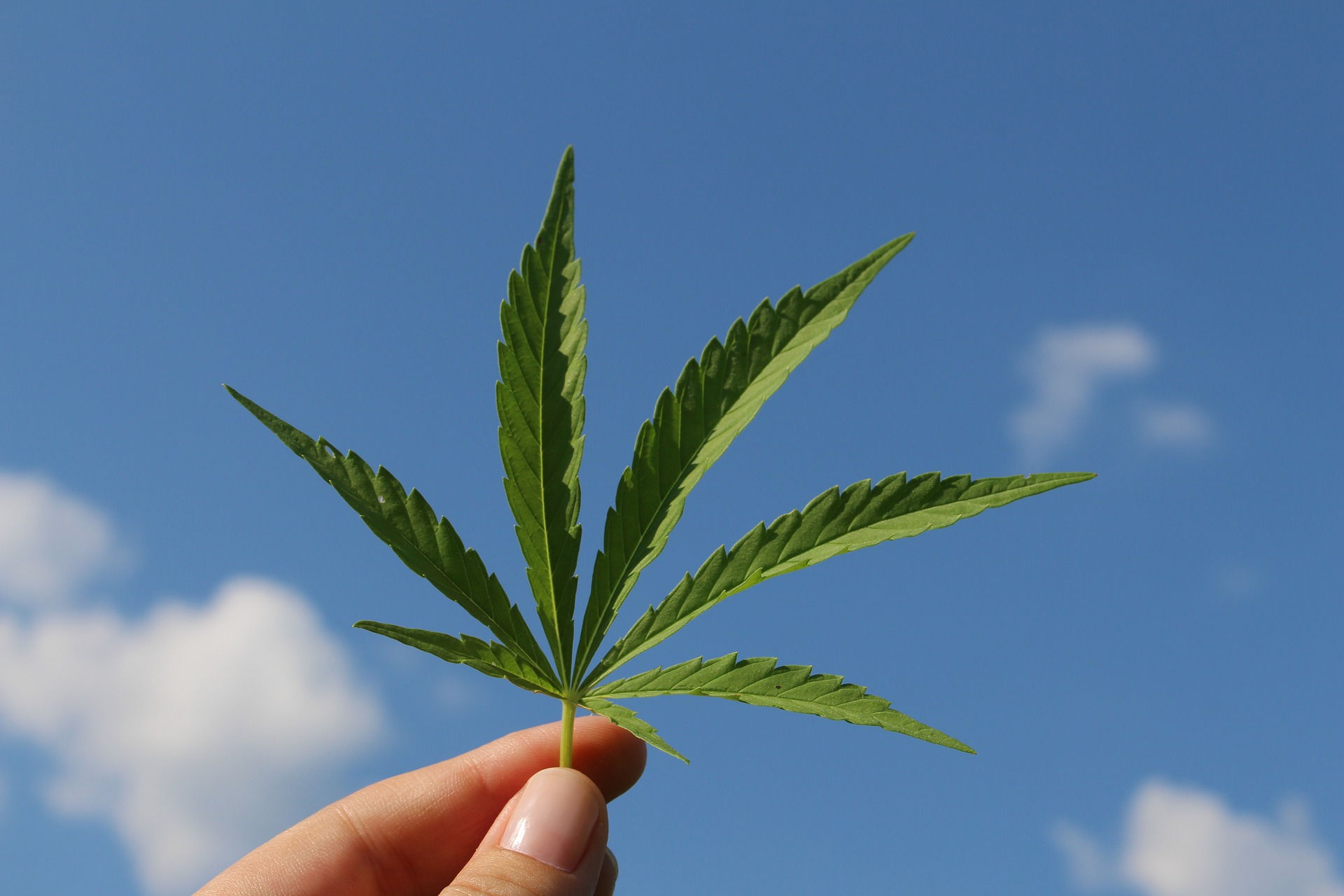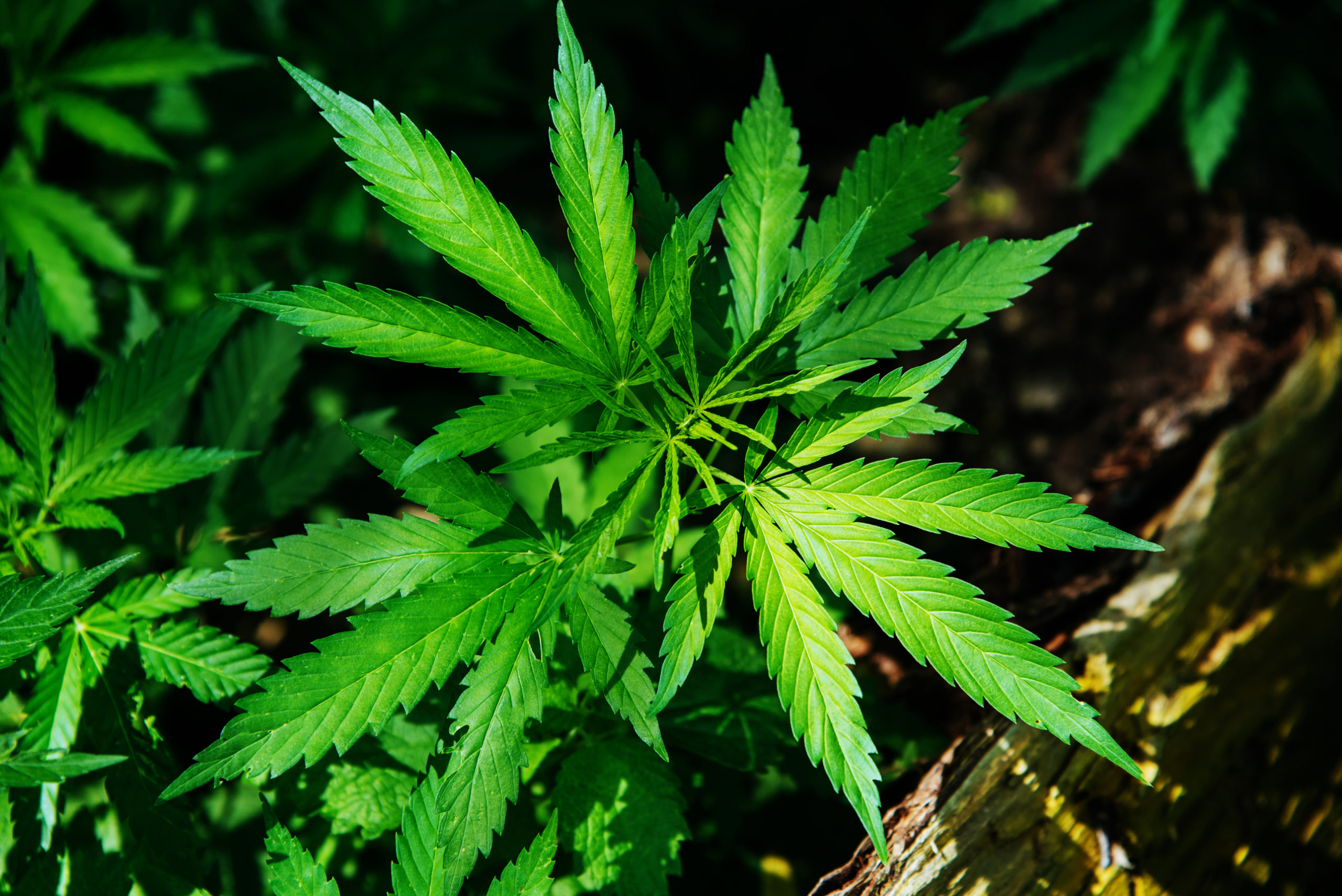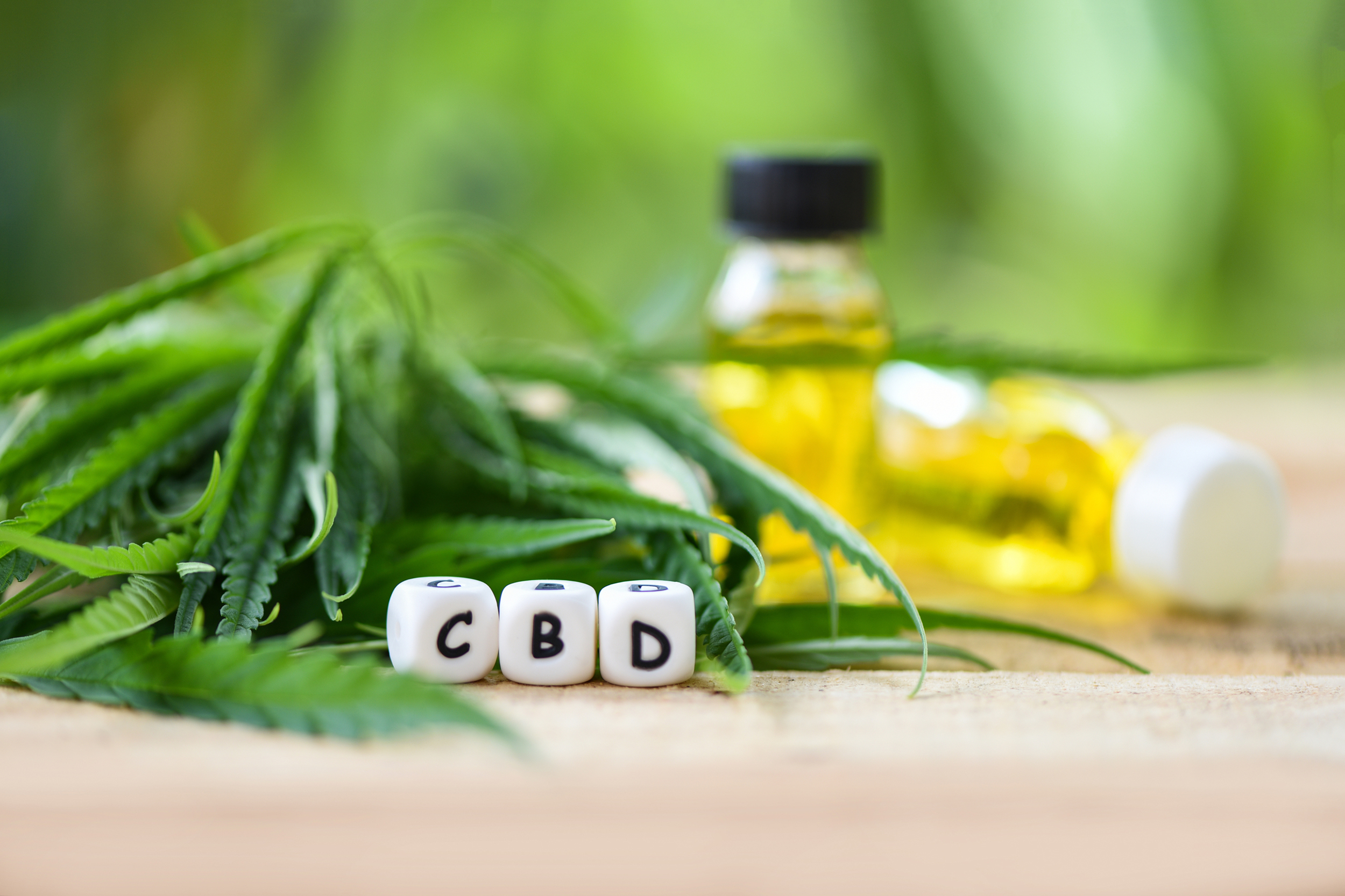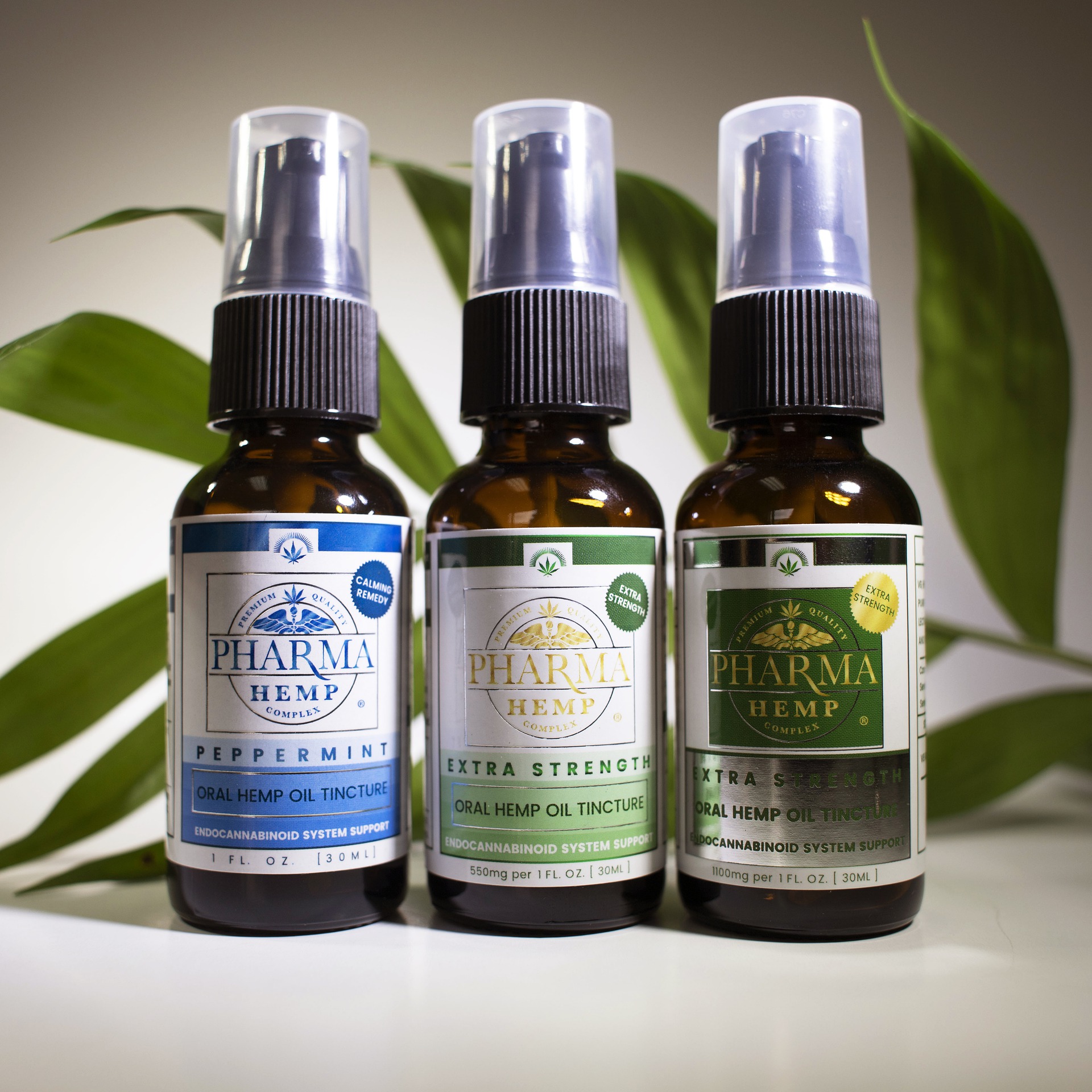As mentioned in a previous article, the U.S. Department of Agriculture (USDA) recently published its interim final rule on the establishment of a domestic hemp production. The rule considers products compliant as long as 0.3% THC or below is within the product’s distribution or range. These rules provide for potentially problematic situations for growers, though they are not unexpected.
Pre-Harvest Testing
Within 15 days prior to anticipated harvest samples must be collected by a Federal, state, local or Tribal law enforcement agency (or designated official). These samples must then be sent to a DEA registered laboratory for testing.
For anyone who has had experience dealing with regulatory agencies, you probably know that waiting for an inspector is part of the game. So what if the “designated official” conducting the sampling takes longer than 15 days? This could result in significant ramifications to the grower. It is possible that sampling beyond the planned harvest date could result in tests higher in THC because cannabis plants convert cannabinoids to THC as they approach maturity and harvest. The results from the pre-harvest test could mean the difference between whether an entire crop is destroyed or not, so the stakes are high.
Acceptable THC Levels
The interim final rule considers products compliant as long as 0.3% THC or below is within the product’s distribution or range. The rule does include some wiggle room in the THC calculation. The distribution or range is calculated by its percentage of THC +/- its “measurement of uncertainty.” This means that a product could test slightly over that limit but still qualify as hemp. The rule states “[t]he method used for sampling from the flower material of the cannabis plant must be sufficient at a confidence level of 95 percent that no more than one percent (1%) of the plants in the lot would exceed the acceptable hemp THC level.” “Acceptable hemp THC level” means:
Acceptable hemp THC level. When a laboratory tests a sample, it must report the delta-9 tetrahydrocannabinol content concentration level on a dry weight basis and the measurement of uncertainty. The acceptable hemp THC level for the purpose of compliance with the requirements of State, Tribal, or USDA hemp plans is when the application of the measurement of uncertainty to the reported delta-9 tetrahydrocannabinol content concentration level on a dry weight basis produces a distribution or range that includes 0.3% or less.
When cannabis is tested, there is a margin of error of the precision of the result. This margin of error, or “confidence level,” must be reported in addition to the actual result. For example, hemp that contains .34% THC but has a +/-.05 measure of uncertainty based on the testing method has a distribution or range of .29% to .39%. Because .3% THC is within this range, the USDA would consider this product compliant.
Confidence Level
Not all testing laboratories will utilize the same testing procedures and protocols, thus the results may vary from one lab to another. This could also lead to laboratory shopping, where customers search for laboratories that provide “flexible” results that are not as precise. This could even incentivize laboratories to stay at that 5% margin of error than trying to minimize the margin.
Decarboxylation
The interim final rule requires that testing methods must include a validated testing methodology that uses post-decarboxylation (or other similarly reliable methods) where the “total THC concentration level” reported accounts for the conversion of Delta-9-tetrahydrocannabinolic acid (THCA) into THC. “Other acceptable methods” include gas or liquid chromatography. The reasoning behind this is that while THC is the chemical component responsible for the intoxicating effect of cannabis, THCA is a non-psychoactive compound having very different properties. When THCA is heated, it goes through a process called decarboxylation, thereby converting to THC.
Mitigation
So what do you do if the THC levels are outside the acceptable range? Technically the product is then not considered hemp and thus would be classified as marijuana which is still a Schedule I drug under Federal law. As a result, the entire crop would need to be destroyed by a person licensed by the DEA to handle Schedule I drugs. But this is a problem also for testing laboratories because they would be in possession of Schedule I drugs. There is no current provision for remediation of crops with higher THC levels, thus the interim final rule threatens farmers’ livelihoods, especially if they are not protected by crop insurance.
If your business has questions regarding hemp compliance, please contact our attorneys at Morsel Law to set up a free initial consultation.




